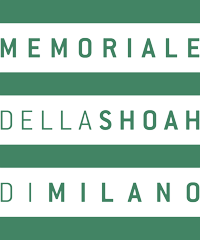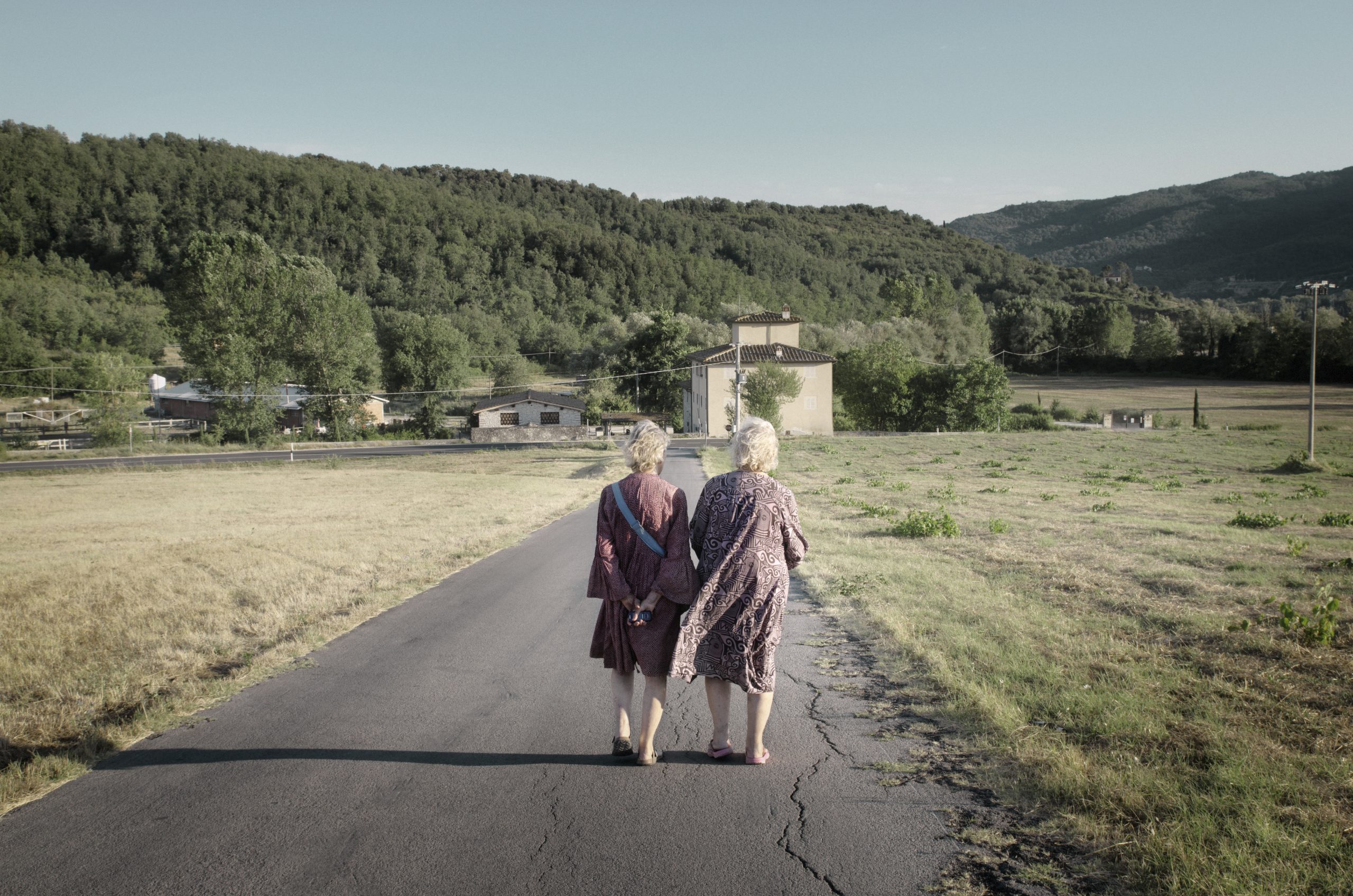#1
DARK AND LIGHT, TRAGEDY AND CREATIVITY
Paola and Lorenza Mazzetti were born in Rome in 1927. Their mother died shortly after giving birth.
DARK
Their father entrusts them to his sister, Nina Mazzetti, who is married to Robert Einstein (first cousin of the physicist Albert). The Einsteins have two daughters. The twins join the Einstein family and rediscover the light-heartedness and warmth of a family in the countryside, first in Umbria and then in Tuscany.
LIGHT
The girls ‘ creativity flourishes thanks to the new family and the contact with nature and animals. Their artistic impulses are irrepressible: they paint, improvise theatrical scenes, create a newspaper, and play the accordion. They laugh and make people laugh. Retreating to the countryside, the Einstein family survives the hardships of the racial laws and the occupation of part of the villa by a German battalion.
On August 3, 1944, as the German army was retreating and the Allies were preparing for the liberation of Florence, German soldiers in a van reached the villa. Since mid-July, Robert has been hiding in the woods. Not finding Robert, the Nazis raged against the women. They lock the twins with their cousins and aunt in a room. Gunshots, screams, horror. Towards evening, they take Nina and her daughters, Luce and Anna Maria, and shoot them. The twins are spared because they have a different surname and are not Jewish.
PITCH BLACK
The Germans set fire to the villa. From the woods, Robert sees his house on fire. On the way back, he meets the survivors, who inform him that his family has been slaughtered. He wants to take his life but realizes that he has to take care of the twins. He committed suicide the following year after arranging a bequest for the girls.
LIGHT
Paola and Lorenza move to Florence. After the war, they began their journey back to life. They have witnessed the tragedy and do not want to be “witnesses” but to live: they begin to process their grief through creative activities.
Lorenza moved to London, where she managed, with a rocking stratagem, to get accepted at the Slate School of Fine Arts. She studied painting and cinema. She is one of the founders of British Free Cinema. She has never told her story yet, but autobiographical components shine through her films. Paola opens an art gallery, paints, gets married and has a daughter, Eva. She moved to Rome, where she practices art and psychoanalysis. After a few years, Lorenza also moves to Rome.
MORE LIGHT
The common interest and practice of painting will lead them to live free lives of continuous experimentation on both an artistic and personal level. Anyone who frequented them has been struck by their vitality and joyful, inflexible non-conformism. Their testimony is always life lived and the ability to overturn meanings and communicate with others.
#2
AFTER IMAGES
The Murder of The Einstein Mazzetti Family: visual resonances
Photographs by Eva Krampen Kosloski
Curated by Alessandro Cassin
MEMORIALE della Shoah
January 18- February 25, 2024
Exhibition Design: Studio Benaim, Florence
Film and documentaries, curtesy of The British Film Institute, Carolina Levi/Tangram Film, Francesca Lulli and Claudio Costa
Fondazione Memoriale della Shoah, Milano
Centro Primo Levi , N.Y.
Fondazione Centro Di Documentazione Ebraica Contemporanea
Casa Italiana Zerilli Marimò, NYU
The photographer, Eva Krampen Kosloski, grew up knowing only the outlines of the story that follows. It is a story that belonged to her mother and aunt – the twins Paola and Lorenza Mazzetti – and from which she was shielded. Until, feeling the need to know more, she asks the twins to take her to the places of their youth and trauma.
Kosloski employed photography to recompose those memories, to rediscover roots, stories, landscapes, and unexpressed emotions.
She weaves a poetic narration, where past and present flow smoothly in the intimate exchange between three women, mediated by the photographic lens.
An afterimage is an effect of the retina, which occurs when an image a person has seen continues appearing in their field of vision even when it is no longer present.
In Kosloski’s work, the photographic narration is where memory is transmitted. The physical presence of the twins as a photographic subject is, at the same time, image, recall, and memory. The background, the origin story, is the murder of the Einstein family that took place on a summer’s day in 1944. A complex and emblematic episode characterized by the convergence of parallel narratives, usually analyzed individually: the foreign Jews in Italy, the Waldensians, the partisans, the peasant world, the church, the anti-Jewish persecution, fascists, and Nazis. Each shot is an allusion to a fragment of this story.
#3: captions
1) Eva’s self-portrait with her mother and aunt, Rome 2012
2) Paola and Lorenza, Rome 2014
———————————————————————————–
3) Monte Malbe, Perugia, 2014
———————————————————————————–
4) Paola and Lorenza, Villa at Monte Malbe, 2012
5) From left Paola and her cousin Cicci, Nina and Lorenza, Villa at Monte Malbe, circa 1934
——————————————————————————————
6) Torre a Cona, 2014
7) Paola in the woods near Villa del Focardo, 2012
——————————————————————————————-
8) The orangery at Villa del Focardo, 2014
9) Paola and Lorenza in the orangery, in front of wall paintings they made as adolescents
———————————————————————————————
10) Paola and Lorenza in the woods near Villa del Focardo, 2014
———————————————————————————————
11) Paola and Lorenza in front of the chapel at Villa del Focardo, 2014
12) The garden of Robert Einstein’s friend, Prof. Paoli, San Donato in Collina, 2014
———————————————————————————————
13) Paola and Lorenza walking away from Villa del Focardo, 2012

